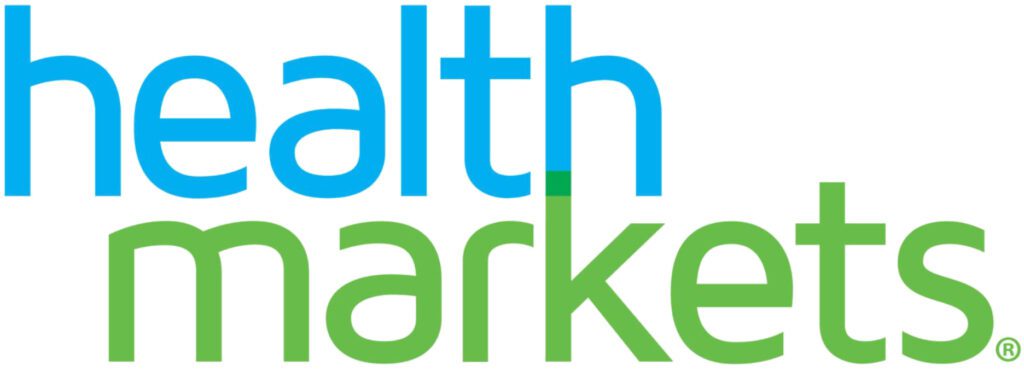- You need to decide at 65 whether Medicare or your employer plan pays first, and that depends on the size of your company.
- Medicare Advantage and Medigap give different ways to manage costs and coverage, so you should compare them to your work benefits.
- Special enrollment periods protect you from penalties if you delay Medicare because you keep employer coverage.
Many people today keep working well past the traditional retirement age. Some do it because they enjoy what they do, others because they want to keep their income and benefits a little longer. If you’re approaching 65 and staying on the job, Medicare can feel like a puzzle.
Do you need it right away? Can you wait? And what about the coverage you already get through work?
At HealthMarkets Insurance – Eric Zawicki, we hear these questions every day. The good news is that you do have choices. In this blog, we will walk you through how Medicare works if you’re still working, and what to know about Medicare Advantage and Medigap.
Do You Need Medicare at 65 If You’re Still Working?
Original Medicare is made up of two parts: Part A, which covers hospital stays, and Part B, which covers doctor visits and outpatient care. Everyone becomes eligible at 65, but not everyone has to sign up right away.
- Part A is usually premium-free if you’ve paid into Medicare through your payroll taxes. Many people sign up for it at 65, even if they’re working, since it doesn’t cost anything for most.
- Part B has a monthly premium. If you already have solid health coverage through your employer, you might not need Part B right away.
The key question is the size of your employer:
- If your company has 20 or more employees, your employer coverage usually comes first, and Medicare can be delayed without penalty.
- If your company has fewer than 20 employees, Medicare becomes the primary payer. In that case, it’s smart to enroll at 65 to avoid gaps.
Not signing up for Part B when you’re supposed to can lead to permanent late enrollment penalties. That’s why it’s important to check how your employer plan works with Medicare before making any decision.
Coordinating Employer Coverage with Medicare
If you’re covered by an employer plan, the way it works with Medicare depends on who pays first. This is called “primary vs secondary payer.”
- Large Employer (20+ Employees): Your employer plan usually pays first. Medicare may act as secondary coverage if you have it.
- Small Employer (Fewer than 20 Employees): Medicare pays first, your employer plan pays second.
Drug coverage is another piece to consider. If your employer plan includes prescription coverage that meets Medicare’s standards (known as creditable coverage), you can delay signing up for Part D. If not, you’ll want to add a Part D plan to avoid a penalty later.
It’s always worth checking with your HR or benefits team about whether your current plan counts as creditable coverage and how it will work once you turn 65.
Considering Medicare Advantage

Medicare Advantage, or Part C, is an alternative to Original Medicare. These plans are offered by private insurers approved by Medicare, and they combine Part A and Part B. Most also include prescription coverage, and many come with extra benefits like dental or vision.
If you’re still working, switching to a Medicare Advantage plan might be attractive if:
- Your employer premiums are higher than what you’d pay for an Advantage plan.
- You prefer an all-in-one plan that includes hospital, doctor, and drug coverage.
- You want extra perks that your employer plan doesn’t include.
But Medicare Advantage isn’t for everyone. These plans usually work within a set provider network. If you travel often or want more freedom to choose your doctors, you’ll want to weigh that carefully.
Considering Medigap
Medigap, also known as Medicare Supplement Insurance, works with Original Medicare. It doesn’t replace it. Instead, it helps cover the costs that Medicare doesn’t fully pay, like copays, coinsurance, and deductibles.
If you want predictable out-of-pocket costs and you’re more comfortable with the flexibility of Original Medicare, a Medigap plan might be worth looking into. Keep in mind:
- You can only buy Medigap if you’re enrolled in Part A and Part B.
- You cannot use Medigap with a Medicare Advantage plan.
- The best time to get Medigap is during your six-month Medigap Open Enrollment Period, which begins the month you’re both 65 and enrolled in Part B. After that window, you might face higher premiums or medical underwriting.
For people working past 65, Medigap can provide peace of mind if you know you’ll need frequent medical care and don’t want unexpected bills.
Timing and Special Enrollment Periods
Your Initial Enrollment Period for Medicare starts three months before you turn 65 and ends three months after your birthday month. But if you keep working and have employer coverage, you might qualify for a Special Enrollment Period.
This means you can delay enrolling in Part B and Part D without penalty as long as you have creditable employer coverage. Once your employment ends or your coverage stops, you’ll have eight months to sign up for Part B and two months to sign up for Part D.
Missing these windows can result in permanent penalties, so keeping track of the timing is very important.
FAQs: Medicare and Working Past 65
Still have questions about Medicare when you’re working past 65? Here are clear answers to some of the most common concerns people face.
- Can I delay Medicare if I have employer insurance?
Yes, if your employer has 20 or more employees and your coverage is considered creditable, you can delay Part B and Part D without penalty.
- What happens if I don’t sign up for Medicare at 65?
If you don’t have creditable coverage and skip enrollment, you may face lifelong penalties on your premiums.
- Is Medigap better than Medicare Advantage if I’m still working?
It depends on your needs. Medigap offers predictable costs and flexibility, while Advantage often includes extras but comes with provider networks.
- Do I need Part D if I already have drug coverage through work?
Not if your employer coverage is creditable. Always confirm with HR before delaying Part D.
The Bottom Line
Working past 65 brings flexibility, but it also adds decisions about Medicare. You don’t have to make those choices alone. Whether you’re weighing employer coverage against Medicare Advantage, considering Medigap, or simply wondering about timing, there’s a path that fits your situation.
At HealthMarkets Insurance – Eric Zawicki, we help you sort through the details so you can feel confident about your next step.
Ready to explore how Medicare fits with your current coverage? Let’s talk it through together. Reach out to us today and get clear answers for your situation.


